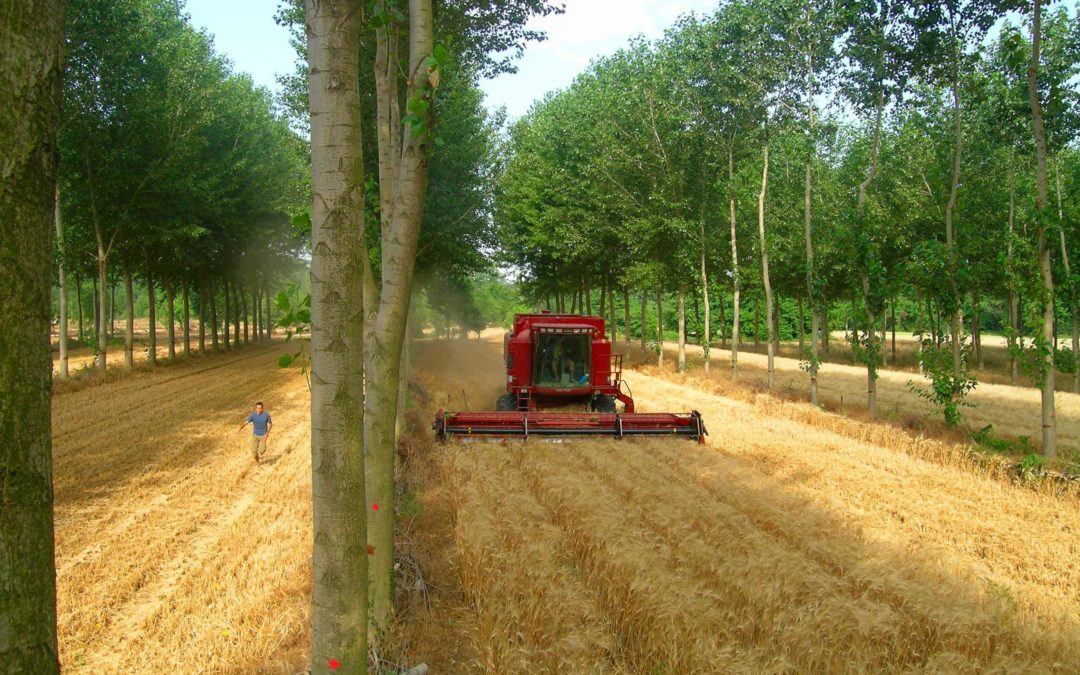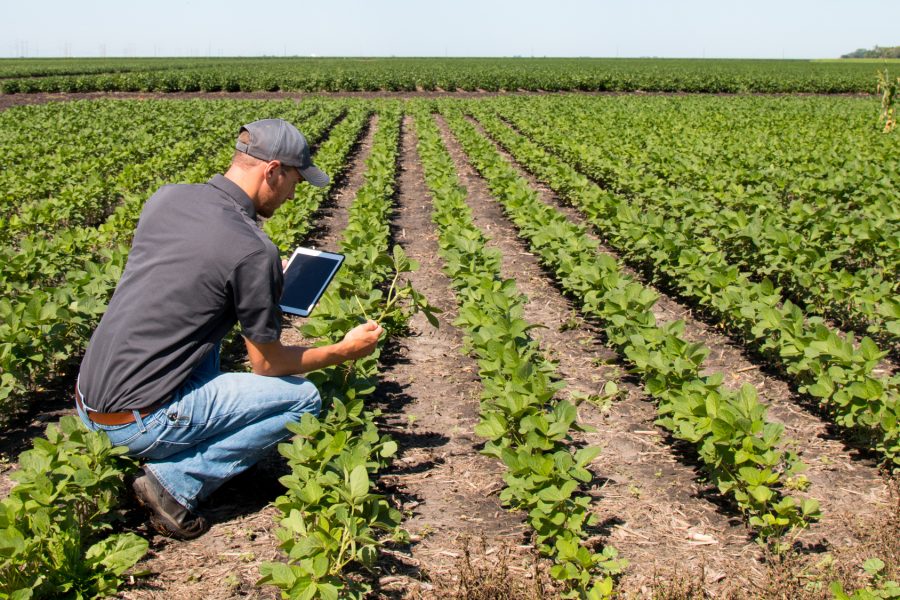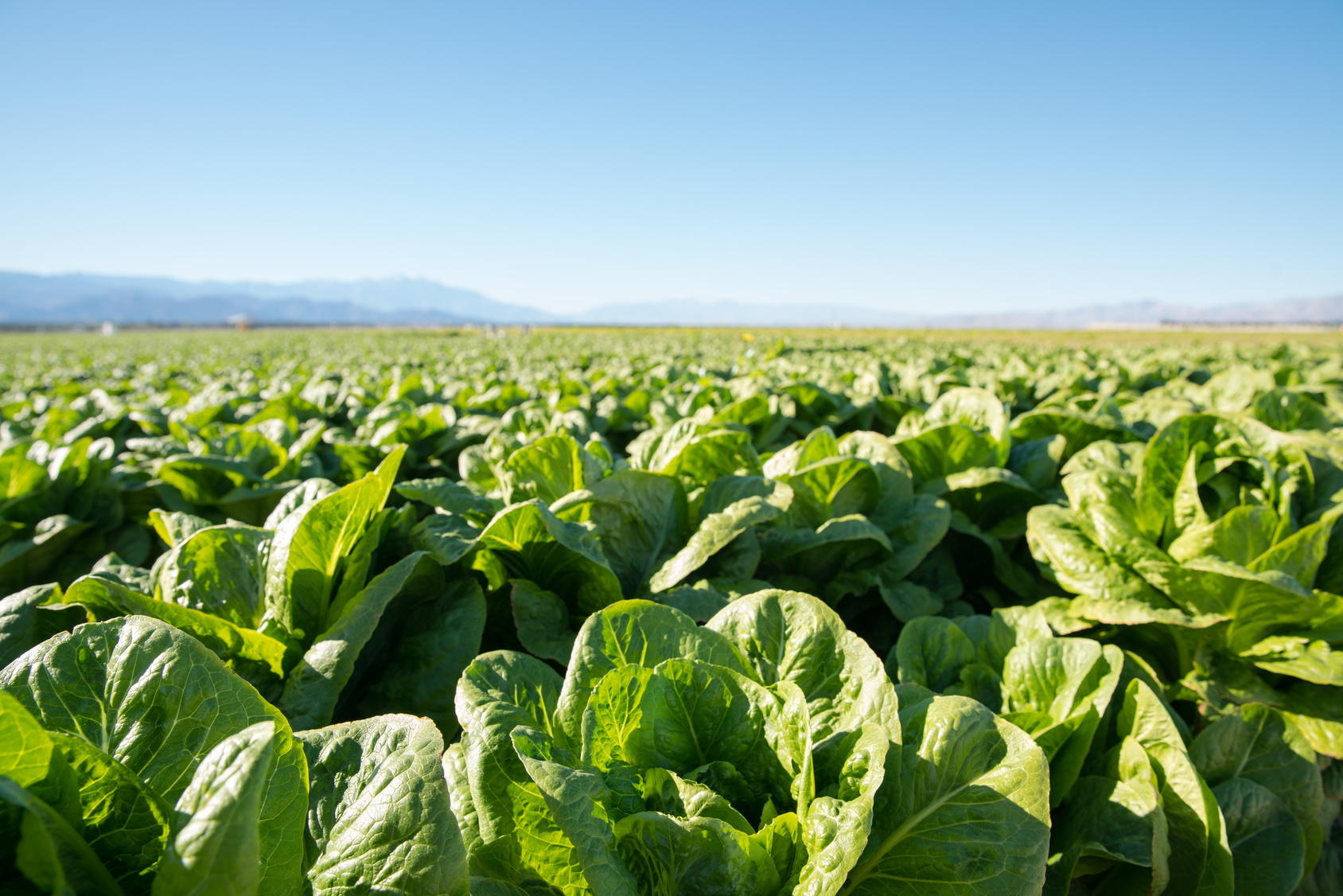As a company dedicated to regenerative agroforestry solutions, Propagate Ventures works with farmers and land managers to design and install tree-crop systems that work in tandem with existing farm operations. Its fruit, nut, and timber tree systems complement both row crop and grazing operations. Adding trees and shrubs generates economic returns, builds soil health and sequesters carbon. The company also works to provide financing mechanisms and the partnerships needed to meet the short- and long-term goals of its partner farmers. As a recent guest on Agrifood Conversations, we sat down with CEO and cofounder Ethan Steinberg to learn more about New York-based Propagate and the work it is doing to enhance yield and boost farmer profitability.
iSelect: Let’s start with the company. Can you tell me what Propagate is all about and what you are working on?
Ethan Steinberg: We are an agroforestry company that works on the integration of fruit, nut and timber trees with existing agricultural operations. Agroforestry is shown to increase profitability on the farm by about 40%, and we recognize that farmers often struggle to get financing for these types of projects to implement agroforestry. So, what we do is make it easier for farmers to access that financing while allowing investors to invest in these opportunities on farmland.
iSelect: Is it all about using leftover space in the field to add new crops?
ES: That’s definitely a piece of it. There are marginal areas on farmland that we’re looking at as well as where trees can be integrated into existing operations. For example, in a typical installation you might have a row of trees every one hundred feet or every thirty feet in the field, depending on the farmer’s goals and equipment. The farmer will still have enough space between rows of trees to run their equipment, and those trees will provide economic benefit because now another crop can be sold with little additional inputs or work required. Plus, trees provide a suite of environmental services like building soil health, sequestering carbon, water retention, preventing nutrient runoff, etc.
We focus on fruit, nut and timber trees because there is an economic reason to plant these trees. They’re permanent crops and fruits & nuts generally yield a higher return per acre than a typical row crop operation.
iSelect: Let’s talk about the opportunity here. Where is this market moving in the next 5-10 years?
ES: A piece of this is tied to the regenerative ag space, which has exploded in the last 12 to 18 months. We’re part of the discussion around no till, cover cropping, holistic planned grazing, etc. If we think about some of these pillars, what I’ll call more sustainable practices, they all have a direct economic incentive.
Now, what’s the role of trees on farms? That’s where we play. If we look at tree crops, like organic apples, chestnuts, organic berries, we’re seeing steady year-over-year growth, so we know the market is growing. We track this information and start to project that forward.
Then there’s the angle around ecosystem services. We know that across the U.S., and in other parts of the world, farmers are struggling to meet ends meet. How can we work with our farmers to make it easier for them to run an operation that beats their expectations? We know that diversifying crop types can help from a market perspective by taking advantage of vertical space. And we see this trend of diversification continuing, especially as ecosystem services markets continue to be an active part of the conversation. We expect growth in this market will increase given the increasing pressure on farmers to perform and be more profitable year after year to insulate themselves from scenarios such as major floods in the Midwest.
It’s excruciating to think about those scenarios, but tree crops are out there that help manage farm hydrology. They sort of like having “wet feet”. Their root systems are more adaptable or resilient to changes in the weather, like severe weather events. And in the scenarios where some of the production of our core crop changes, we can have a diversity of crops on the farm to help our farmers maintain steady cash flow so that their livelihoods are moving in a positive direction rather than getting slammed by frequent weather events that are totally out of their control.
iSelect: What, if anything, is holding this market back right now?
ES: A few things are going on. First, there’s an initial learning curve with agroforestry., Essentially, we want to make it really simple and easy for our farmers to access the resources and services they need to execute on this. And that’s everything from general knowledge about trees, to the kinds of genetic stock that’s needed, how trees should be spaced out when planting, what inputs are needed, etc.
Then there’s the components around financing. So, suppose I put myself in a farmer’s shoes. In that case, I’m ready to plant the system and work on this operation, but if I don’t currently have enough capital to purchase the genetic stock and cover my operating expenses until those trees are productive. Where can I go to get the capital to do so? What Propagate is focused on doing is helping provide those resources, making the economics really, really clear, so our farmers have a direct understanding of what their cash flow is going to look like.
In the scenarios where our farmers ask for help, we make it simple for them to access financing channels in a way that doesn’t feel burdensome. That allows investors to play a role in financing trees-as-assets on farmland. This is pretty similar to some of the discussions farmers have had around putting solar arrays on their land. Kind of a similar mechanism, but rather than a solar panel generating electricity,we’re talking about trees generating value from crop production. It feels much more applicable to the knowledge base and intelligence of the farm community.
iSelect, The VanTrump Report and The Yield Lab Institute sponsor a series of weekly webinars featuring the best in food and agriculture innovation. Agrifood Conversations is all about driving innovation and each month will highlight a specific theme, from biologicals to vertical farms, featuring new and exciting companies at the forefront of the industry. Join us to learn about new trends in ag, connect with industry leaders and discover new solutions.






